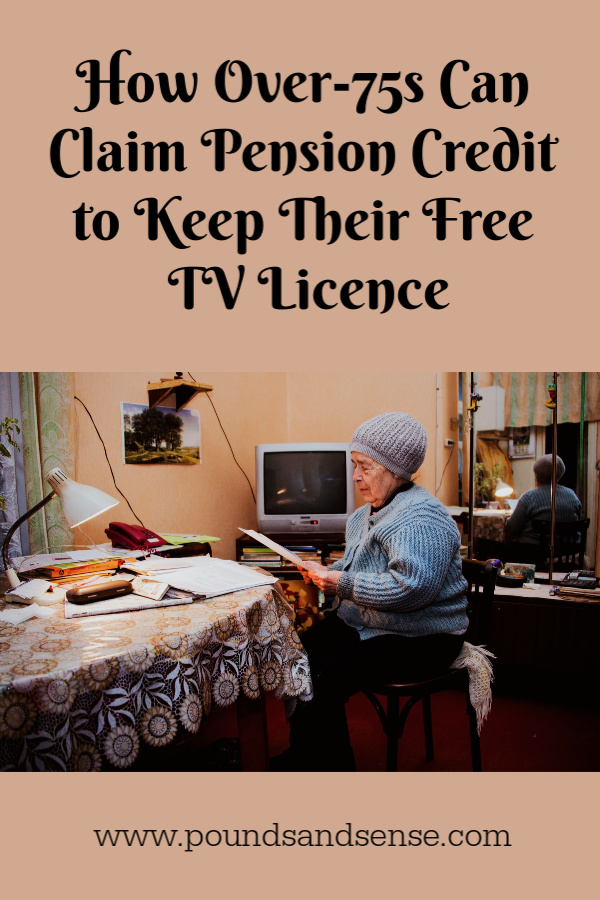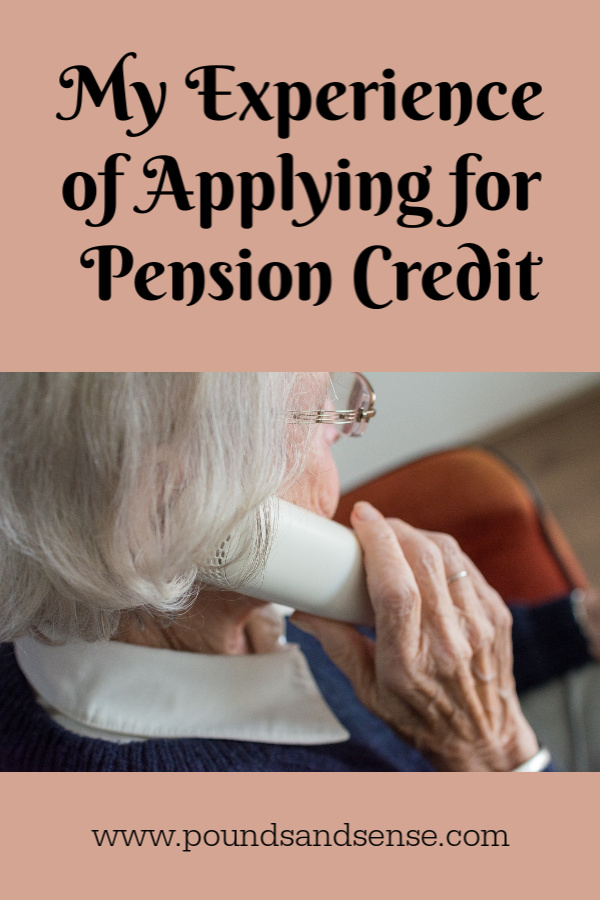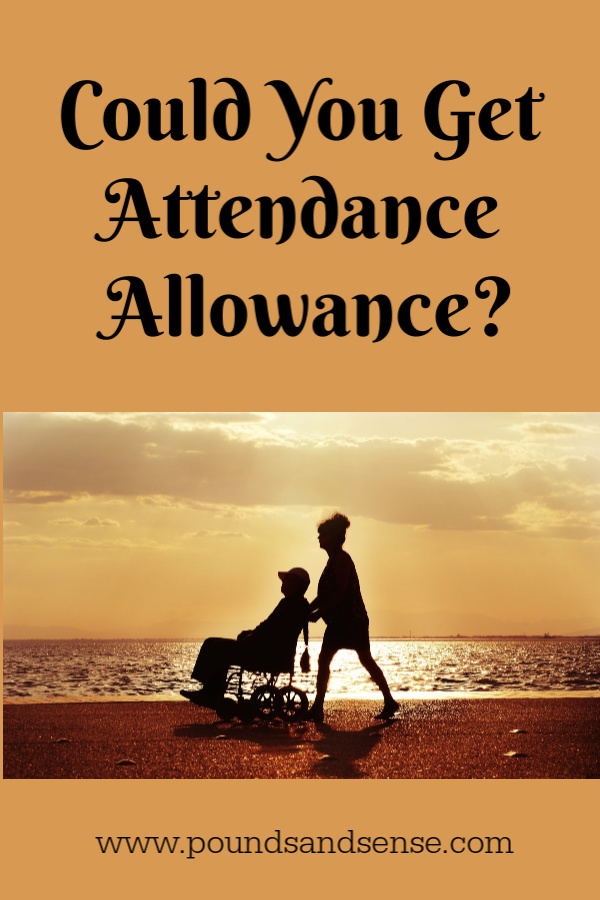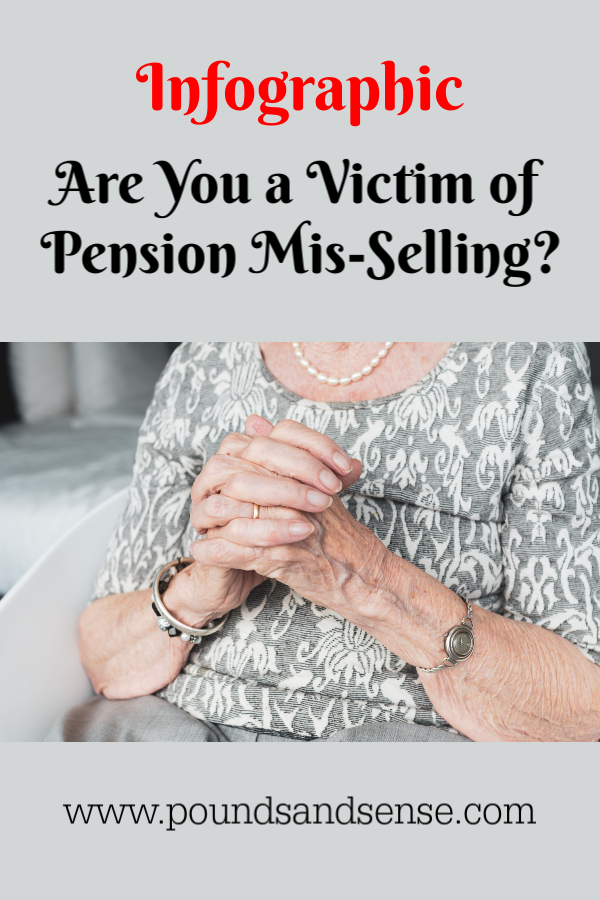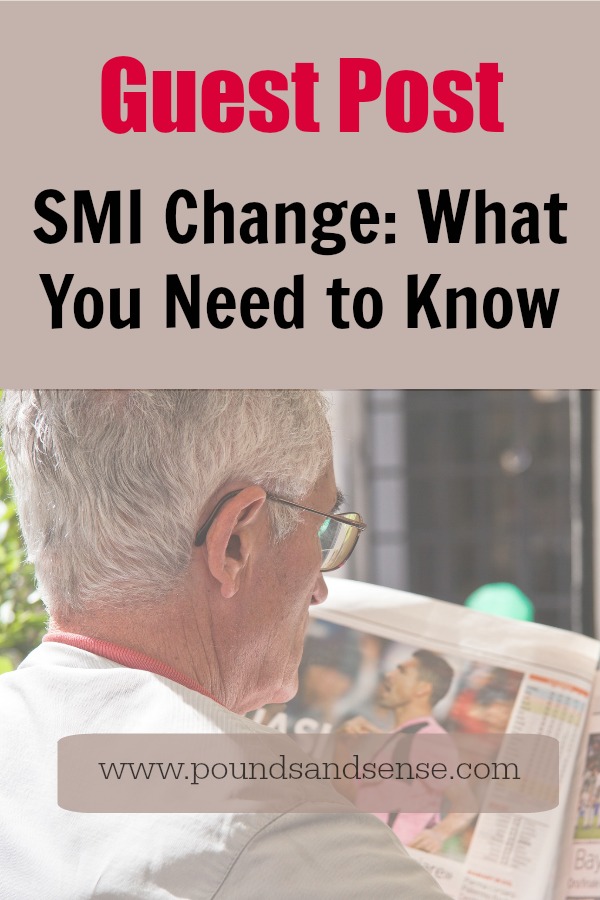How Universal Credit Claimants Can Get Free Energy-Saving Home Improvements via the Government’s Energy Company Obligation Scheme
The number of people applying for Universal Credit has surged to record levels as a result of the Coronavirus pandemic and the numbers are set to rise further with the ongoing economic uncertainty.
In addition to a loss of income, households could also be facing a rise in energy-bills due to more time spent at home and cold weather approaching. Many will be coming to grips with the benefits system for the first time and starting to understand the rules, regulations and complexities around making a claim.
However, there is a little known silver lining for these claimants. Anyone who has claimed Universal Credit successfully will also be eligible for home improvements under the Government’s Energy Company Obligation (ECO) scheme.
This current scheme, called ECO3, targets people that have high energy costs comparative to household income. The scheme has a list of ‘qualifying benefits’ for eligibility. Universal Credit is on that list.
Plus, there are no savings or income-tests for the qualifying benefit part of the application, so if you receive any benefit on the list below (excluding Child Benefit, as that has an income cap), it’s likely you’ll be eligible.
According to Ofgem (who administer the ECO scheme), claimants will still be eligible for a period of 18 months following the date of the letter for the Universal Credit award (page 44 of the Ofgem ECO3 guidance has full details).
So if, say, you were awarded your Universal Credit in April but you got a job last week and came off Universal Credit today (for example), you still have a significant period of time (a year and a half) to apply for and install the measure, as you would still be classed as eligible even when you return to work. While you can wait to apply, it’s advisable to apply sooner rather than later, as funding rules can change at any time.
Even if you have returned to work or are planning to return to work, you will still be eligible, providing you have had at least one award for Universal Credit.
And it isn’t just Universal Credit recipients who are eligible for grants. Also on the ‘qualifying benefits’ list are the following:
- Armed Forces Independence Payment
- Attendance Allowance
- Carer’s Allowance
- Child Benefit*
- Child Tax Credit
- Constant Attendance Allowance
- Disability Living Allowance
- Income Support
- Pension Credit (Guarantee)
- Employment and Support Allowance (income-related)
- Jobseeker’s Allowance (Income-based)
- Income Support
- Industrial Injuries Disablement Benefit
- Mobility Supplement
- Personal Independence Payment
- Severe Disablement Allowance
- Universal Credit
- War Pension Mobility Supplement
- Working tax credit
* Note: If Child Benefit is the only qualifying benefit you receive, you will also need to meet additional income rules detailed here.
You will still be eligible if you return to work as you can claim for a period of 18 months after claiming benefits.
What Grants Are Available?
There are a range of energy-efficiency measures that can be installed under the Energy Company Obligation (ECO) scheme, including boiler upgrades, home insulation and heating upgrades. The Scheme is funded by the major energy companies and if you claim benefits, you are entitled to this funding.
Table: Measures Available Under the Energy Company Obligation Scheme
| Measure | Homeowners | Private Tenants | Housing Association Tenants | Landlords | Council Tenants |
|---|---|---|---|---|---|
| Air Source Heat Pump (ASHP) | ✅ | ✅ | ✅ | ❌ Landlords ✅ Private tenants can apply | ❌ |
| Boiler Upgrade or Repair | ✅ | ❌ | ❌ | ❌ | ❌ |
| Cavity Wall Insulation | ✅ | ✅ | ✅ | ❌ Landlords ✅ Private tenants can apply | ❌ |
| Electric Heating Upgrade | ✅ | ✅ | ✅ | ❌ Landlords ✅ Private tenants can apply | ❌ |
| First Time Central Heating (FTCH) | ✅ | ✅ | ✅ | ❌ Landlords ✅ Private tenants can apply | ❌ |
| Internal Wall Insulation | ✅ | ✅ | ✅ | ❌ Landlords ✅ Private tenants can apply | ❌ |
| Underfloor Insulation | ✅ | ✅ | ✅ | ❌ Landlords ✅ Private tenants can apply | ❌ |
How Much Could You Get?
The amount of funding available depends on a range of factors, including property type, your existing heating, wall type and potential energy savings from proposed work.
The first step in working out what you could get is to check your eligibility online. There’s a quick form on the Energy Saving Genie website where you can enter your details to see if you are eligible.
If you meet the criteria, you can choose to apply and once your application has been submitted, it will be passed to a Registered Installer.
The Registered Installer will arrange a free survey of your property. You can choose to proceed ASAP with a survey taking place following strict health and safety guidelines or you can choose to wait until after Covid-19.
Once the survey has taken place, the surveyor will report back to the Registered Installer, who will talk you through the grants that are available towards energy-efficiency measures at your property.
The grant is paid directly to the installer and they are awarded on lifetime savings (LTS) scores. Currently electric heated properties and larger properties tend to receive the most funding. But even if your home isn’t large or heated by electricity, it is worth applying as you could still receive a significant grant towards home improvements.
So if you are one of the many million new Universal Credit claimants due to Covid-19, you can start the process of applying for a home improvement grant that will knock £££s of your energy bills for years to come, well after the pandemic has passed.
Disclosure; This is an adapted reblog of an original post by Energy Saving Genie. It is also a sponsored post. If you click through and end up taking advantage of this government scheme, I will receive a fee for introducing you. This will not affect any products or services you may receive or the value of any grants you may be awarded.


